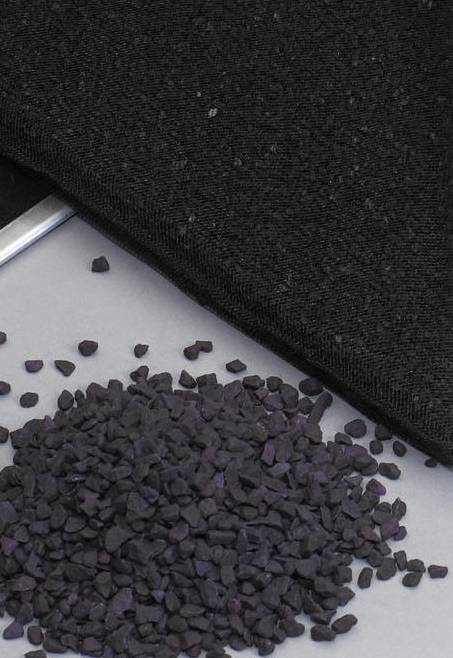Granular filtration

Filter sand, supplied in bags and pallet packages. Photo: Eijkelkamp Agrisearch Equipment BV.
The filter sand, consisting of 99.5% SiO2, is extremely low in trace metals and polycyclic aromatic hydrocarbons. This makes our filter sand the best sand available for monitoring well systems.
In water treatment, granular filtration is a process where water flows through granular material (often sand) while suspended solids (sand, clay, iron and aluminum flocs) are retained, substances are biochemically decomposed and pathogenic microorganisms (bacteria, viruses, protozoa) are removed.
Granular media, rapid rate filters and filter media
| Type Of Filtration | Media | Availability | Ease of Use | Effectiveness | Cost |
|---|---|---|---|---|---|
| Granular media, rapid rate depth filter | Sand, gravel, diatomaceous earth, coal, other minerals | High | Easy to Moderate | Moderate* (depends on microbe size and pre-treatment) | Low to moderate |
| Slow sand filter | Sand | High | Easy to moderate (community use) | High** in principle but often low in practice | Low to moderate |
| Vegetable and animal derived depth filters | Coal, sponge, charcoal, cotton, etc. | Medium to high | Moderate to Difficult | Moderate* | Low to moderate |
| Fabric, paper, membrane, canvas, etc. filter | Cloth, other woven fabric, synthetic polymers, wick siphons | Varies: some low; others high | Easy to moderate | Varies from high to low (with pore size and composition) | Varies: low for natural; high for synthetics |
| Ceramic and other porous cast filters | Clay, other minerals | Varies: high- low, with materials availability and fabrication skill | Moderate. Must be physically cleaned on a regular basis to prevent clogging and biofilm growth | Varies from high to low (with pore size and ceramic filter quality) | Moderate to high |
| Septum and body feed filters | Diatomaceous earth, other fine media | Varies | Moderate to difficult; dry media a respiratory hazard | Moderate | Varies |
- Moderate typically means 90-99% reductions of larger pathogens (helminth ova and larger protozoans) and solids-associated pathogens, but low(<90%) reductions of viruses and free bacteria, assuming no pre-treatment. With pre-treatment (typically coagulation),
pathogen reductions are typically >99% (high).
**High pathogen reduction means >99%.
